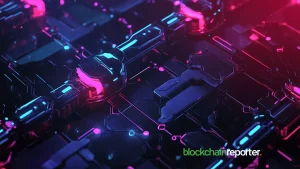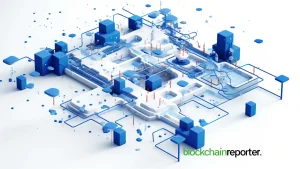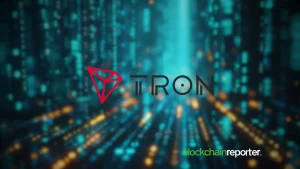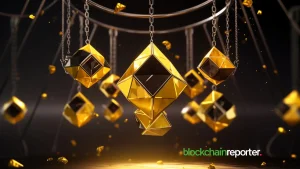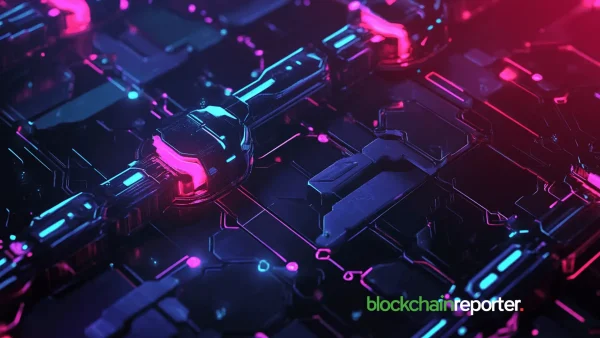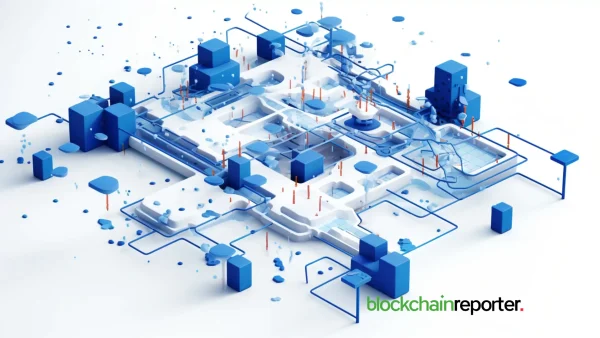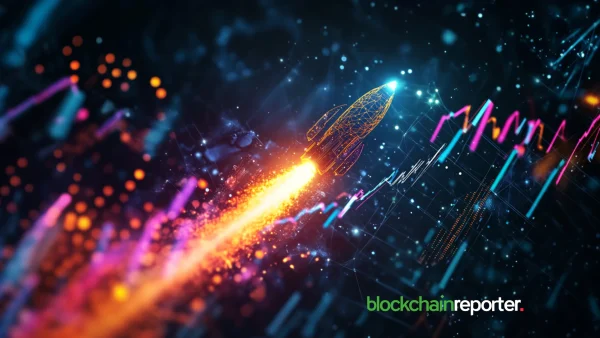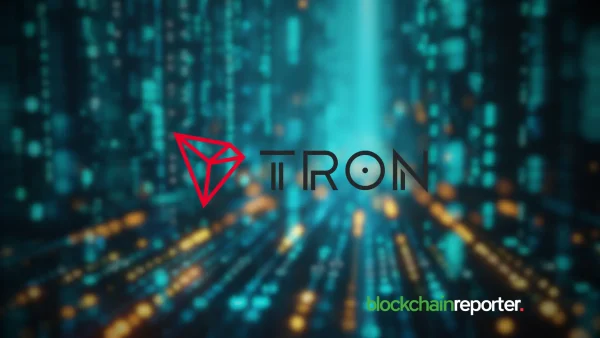
Blockchain games promise a new way to interact with digital worlds—one where players own assets, decisions are transparent, and systems run without middlemen. But what does decentralized really mean in this context? Most Web3 games advertise decentralization, yet many still rely heavily on centralized architecture. If you’re wondering how decentralized blockchain games actually are, this article breaks it down.
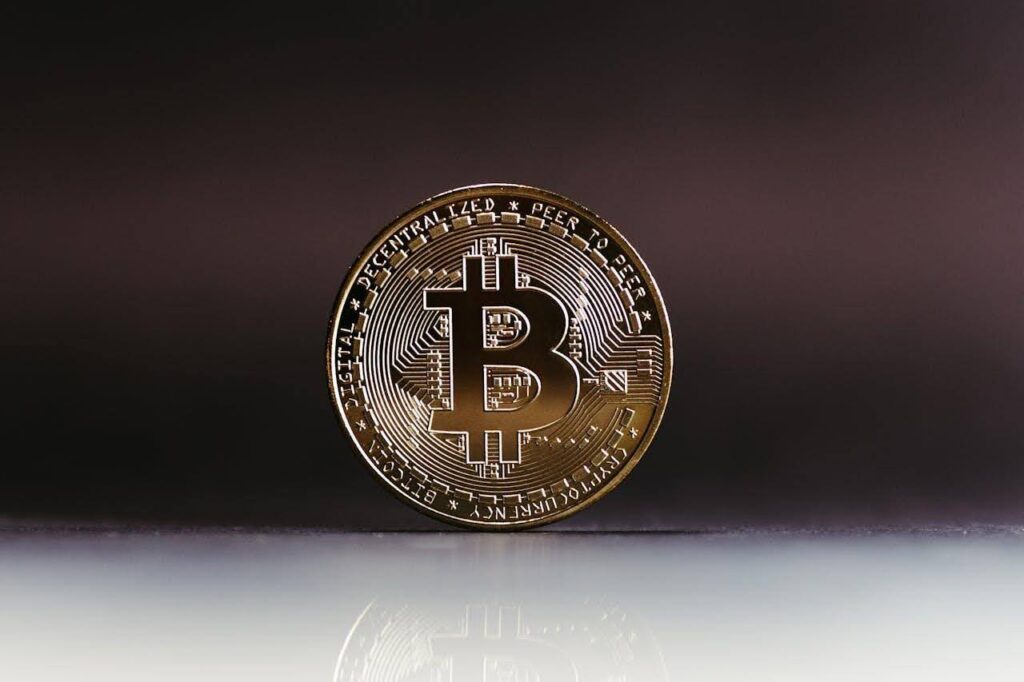
Beyond the Buzzword: On-Chain vs Off-Chain Architecture
The degree of decentralization often comes down to what parts of the game live on-chain versus what still runs off-chain. On-chain components are recorded directly on the blockchain, such as token transactions, asset ownership, and smart contract logic. These are immutable, verifiable, and not controlled by any single party. But game logic—combat systems, loot generation, matchmaking—usually happens off-chain on centralized servers.
Why? Running complex gameplay directly on the blockchain is expensive and slow. Blockchains aren’t built for high-speed computation or graphics processing. That’s why most “decentralized” games are only partially so. The assets might be on-chain, but the gameplay itself is often still in the hands of centralized studios.
Choosing the Right Tools: Wallets and Custody Models
Wallet access is a major factor in determining how decentralized a blockchain game really is. Self-custodial wallets allow players to connect directly, manage assets, and leave without relying on a third party. When this structure is missing, true user ownership breaks down.
Some platforms, including those offering crypto gambling experiences, are beginning to normalize this non-custodial model. By letting users control their funds entirely, they create a framework of trust and direct access that mirrors the ideals of Web3 gaming.
For those exploring these platforms, choosing the right wallet matters. This guide to the best crypto wallet for gambling online breaks down beginner-friendly wallets that prioritize self-custody, ease of use, and speed. From mobile-first options to secure hardware wallets, it covers how to pick one that fits your style of play and supports your preferred crypto. It’s ideal for someone just stepping into the crypto gambling experience.
The Role of Smart Contracts and DAOs
Smart contracts can automate in-game mechanics like crafting, breeding, or distributing rewards. But their presence alone doesn’t make a game decentralized. If developers retain upgrade access or admin privileges, it becomes a point of control. For smart contracts to support real decentralization, they need to be immutable and ideally governed by decentralized autonomous organizations (DAOs) with no single entity in charge.
While some projects have explored using smart contracts for transparency in game logic, they remain underutilized in mainstream Web3 games. Their true potential lies ahead as infrastructure improves and adoption widens.
Who Really Owns What?
One of the biggest selling points of blockchain gaming is digital ownership. Your NFT sword or land plot belongs to you, right? Not always. In some games, if the developers shut down their servers, you can’t use or display that item anywhere meaningful—even if it technically exists in your wallet. True ownership means the game item is usable across platforms, visible in your wallet, and can be traded without relying on a centralized exchange or game interface.
We’ve seen some crypto casinos get this part right. Instead of holding your tokens or winnings, many simply verify transactions and allow you to connect your own wallet, use funds, and leave without any account or sign-up process. This non-custodial approach puts power in the user’s hands, showing a real application of blockchain’s promise.
Why Hybrid Models Still Matter
Full decentralization might sound ideal, but it isn’t always practical in today’s world. Many top blockchain games use hybrid models—keeping assets and wallets decentralized, while handling gameplay or matchmaking off-chain for performance. That’s not a flaw if it’s transparent; it often results in systems that work better. What matters here is clear communication, so players know what they truly own and control. As tech improves, more of these hybrid systems can shift closer to full decentralization without sacrificing usability.
A Truly Decentralized Blockchain Game
A game isn’t decentralized just because it uses tokens or NFTs. Decentralization runs deeper. It’s in the transparency of logic, the permanence of assets, and the freedom players have to walk away and still keep what’s theirs. Crypto gambling platforms have quietly become a great real-world test case for these principles, showing how decentralized mechanics can power fast, fair, and user-owned experiences.
So, next time a game claims to be Web3 or blockchain-based, ask a few questions: Who controls the contracts? Where’s the game logic hosted? Do you need to make an account? If the answers point to central control, you might still be playing Web2 in disguise.
As blockchain infrastructure evolves, the gap between ideal decentralization and practical implementation will keep narrowing. Players, developers, and platforms all have a role to play in pushing for systems that are more transparent, less dependent on gatekeepers, and truly owned by the people who use them. Decentralization isn’t a finish line—it’s a direction.

